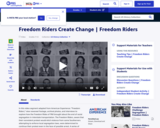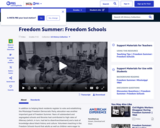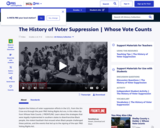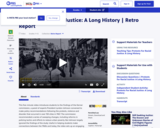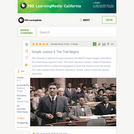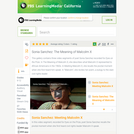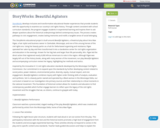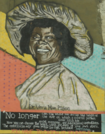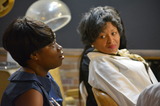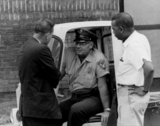
In this video segment adapted from American Experience: "Freedom Riders," watch newsreel footage, archival photos, and interviews to explore how Freedom Riders made efforts to end the segregation of African Americans in the Southern United States. Even after the U.S. Supreme Court had ruled that the segregation of black and white riders on interstate buses was unconstitutional, Southern states continued to enforce local segregation laws. In response, members of both races decided to force the issue and challenge illegal segregation by riding together in buses headed to the South.
- Subject:
- History
- U.S. History
- Material Type:
- Lesson
- Primary Source
- Provider:
- PBS LearningMedia
- Author:
- American Experience
- Date Added:
- 01/30/2023
